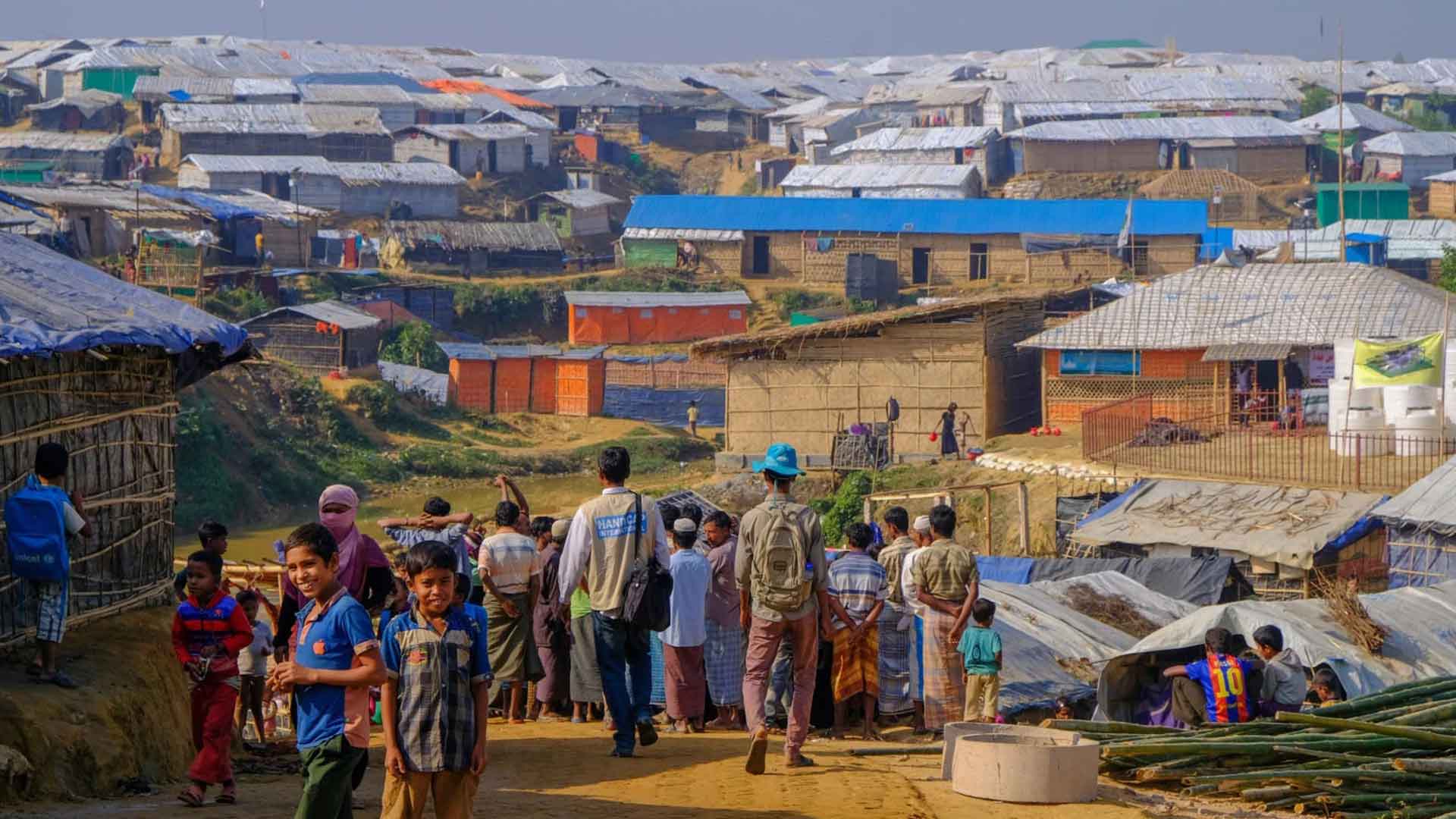Healthcare, housing, food, and border control
Since a mass exodus of Rohingya Muslims from Myanmar’s Rakhine State began in August 2017 to escape military persecution, Bangladesh has been in the middle of one of the world’s largest and most complicated refugee crises. More than a million Rohingya refugees live in Bangladesh now, mostly in the Cox’s Bazar district, placing a strain on the country’s resources. The government has taken intensive measures to address the crisis in multiple sectors (health, housing, food security and border control) together with international organizations.
Medicine Purchases and Distribution to Rohingya Refugees
There is a tremendous demand for healthcare services because of the wave of refugees. Alongside the World Health Organization (WHO), the United Nations High Commissioner for Refugees (UNHCR) and non-governmental organizations (NGOs), Bangladesh has established temporary health centres in Cox’s Bazar. First-line medical care, maternal health and immunization services are focused on to contain outbreaks from cholera, diphtheria, or measles.
However, despite that, there is still a challenge. The substantial number of refugees has made it difficult to provide enough medical attention, and often, resources are stretched thin. Another key area is mental health support, as many Rohingya have experienced extreme trauma and violence. Organizations such as Médecins Sans Frontières (MSF) and the Red Crescent are still working to expand mental health services in the camps.
Accommodations and Shelter Arrangements
The speed of the refugee inflow subjected Bangladesh to the pressure of creating one of the world’s largest refugee camps, Kutupalong-Balukhali. These settlements — mostly built of bamboo and tarpaulin — are susceptible to monsoon floods, landslides, and cyclones.
To improve living conditions, the Bangladesh government has tried to move some Rohingya off the overcrowded camps, relocating them to Bhasan Char, an island in the Bay of Bengal. The island has been outfitted with cyclone-resistant facilities and concrete structures, to relieve overcrowding in Cox’s Bazar. Yet there are still concerns about the long-term viability of the relocation, and the human rights issues surrounding it.
Food Security and Nutrition
It is a formidable job to secure food for more than a million refugees. To meet those needs, the World Food Programme (WFP) is essential, providing food assistance that includes rationed distributions of rice, lentils, and fortified oil. Malnutrition—particularly affecting children and pregnant women—remains a challenge.
As a result, Bangladesh and relief agencies have introduced nutritional programs to offer high-protein supplements and therapeutic feeding for malnourished children. However, efforts to feed at-risk children are still perennially challenged by lack of funding and logistical constraints.
Tyler, Hiroshi, and Erin, Border Control and Security Measures
To control the flow and to stop more from illegally entering, Bangladesh has been forced to tighten its frontier security. BGB focuses on key areas along the border where human trafficking networks tend to operate, which the BGB feels fully capable of doing given the vulnerability of the refugees in this situation.
Also, the government has limited Rohingya refugees’ movement outside of the camps in which they were placed for security and socio-economic reasons to prevent assimilation with the local population. It has represented one of the major moves in tracking their movements and preventing potential security threats by providing biometric registration cards to Rohingya refugees.
Outlook and sign of trouble
Though Bangladesh has been resilient in managing the Rohingya crisis, it is unclear whether these measures will be sustainable overall. Global assistance is still essential in confronting the situation, but donations have dropped off in recent months. In addition, repatriation efforts with Myanmar have stalled because of political instability in that country, as well as fear of persecution faced by the Rohingya upon their return.
Bangladesh’s position is for a diplomatic solution, and for the international community to press Myanmar to provide for a safe and dignified repatriation process. Meanwhile Bangladesh continuing struggle of humanitarian assistance versus national interest.
Conclusion
This article examines Bangladesh’s response to the Rohingya refugee crisis, highlighting the country’s humanitarian commitment and its strategic management of the situation. From Islamabad, the government and international partners have ensured the provision of healthcare, housing, and food despite limited resources at the border while amazing security. The crisis will keep testing Bangladesh’s economic and social stability without a sustainable, long-term solution, however. (The International community continues to play a critical role in ensuring a meaningful and durable outcome for the Rohingya people.)

